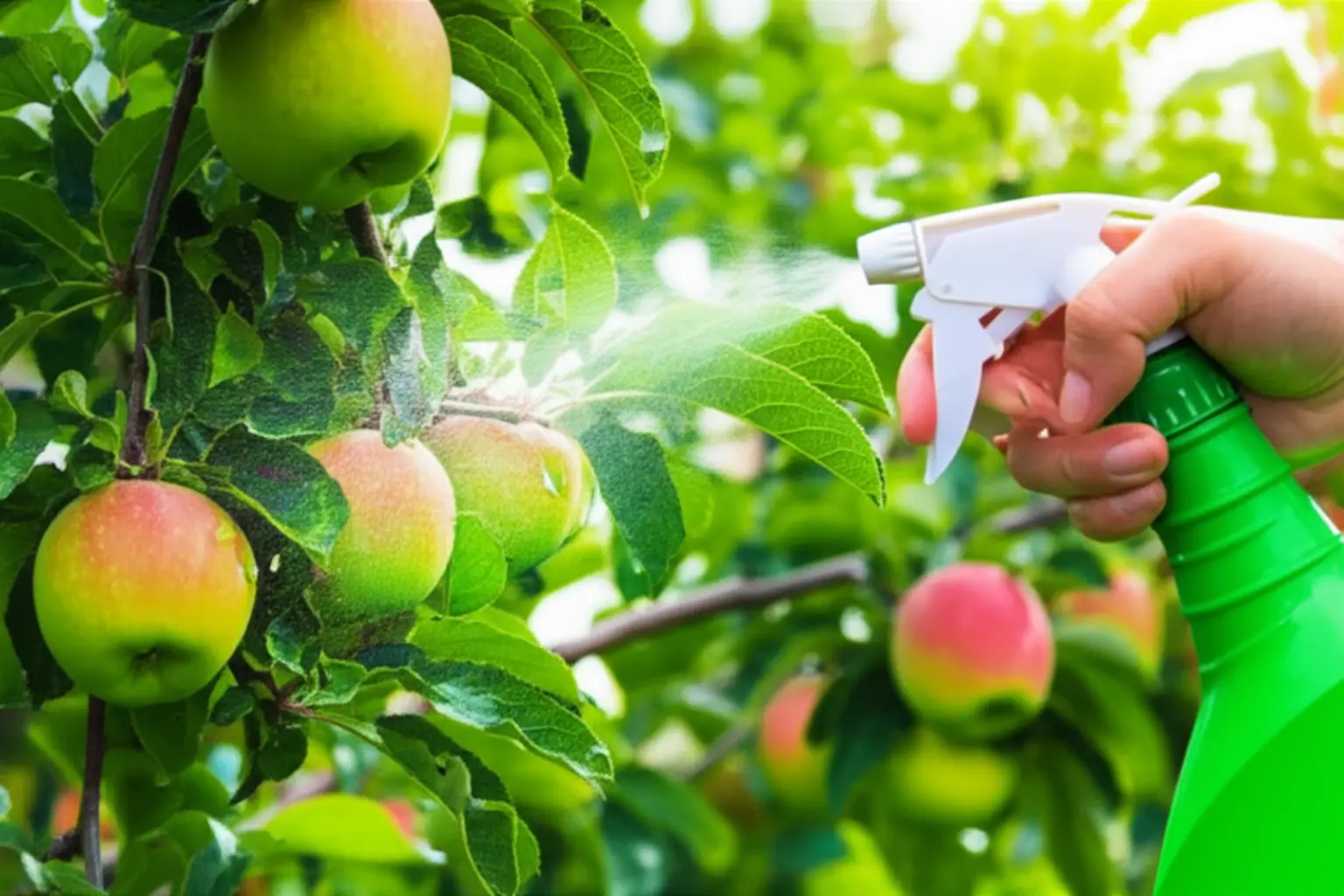Choosing the right organic fruit tree spray for your garden can feel overwhelming. With countless products on the market for 2025, it is tough to know which ones truly work without harsh chemicals. We have cut through the noise by testing and analyzing the most popular options available. This guide provides a clear, data-driven review to help you find the most effective and safest spray. Protect your apple, pear, and citrus trees and ensure a bountiful, healthy harvest this season.
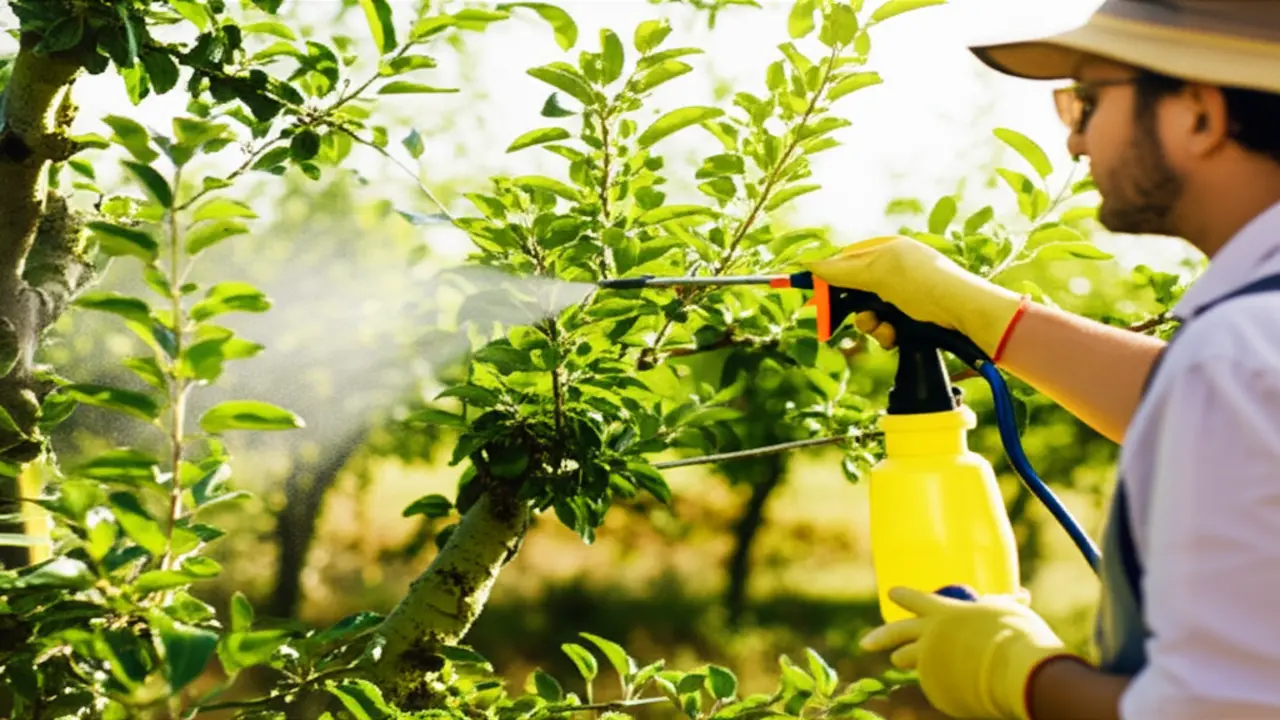
Understanding Organic Fruit Tree Sprays
An organic fruit tree spray is a product made from naturally occurring ingredients, designed to manage pests and diseases without the use of synthetic chemicals. In 2025, using such a spray is a cornerstone of sustainable gardening, moving beyond simply killing pests to fostering a balanced ecosystem. These treatments, derived from plants, minerals, or microbes, support the long-term health of your garden, protecting beneficial insects, soil life, and water quality.
Common examples you might use include:
– Neem oil, which disrupts insect life cycles.
– Horticultural oils, which smother overwintering pest eggs.
– Insecticidal soaps that target soft-bodied insects.
These products are essential tools within an Integrated Pest Management (IPM) program. IPM prioritizes prevention and physical controls first. For instance, maintaining tree health through proper trimming, which often requires effective pruning shears for thick branches, is a critical first step before considering any spray. This holistic approach ensures you produce healthy, safe fruit while working in harmony with nature.
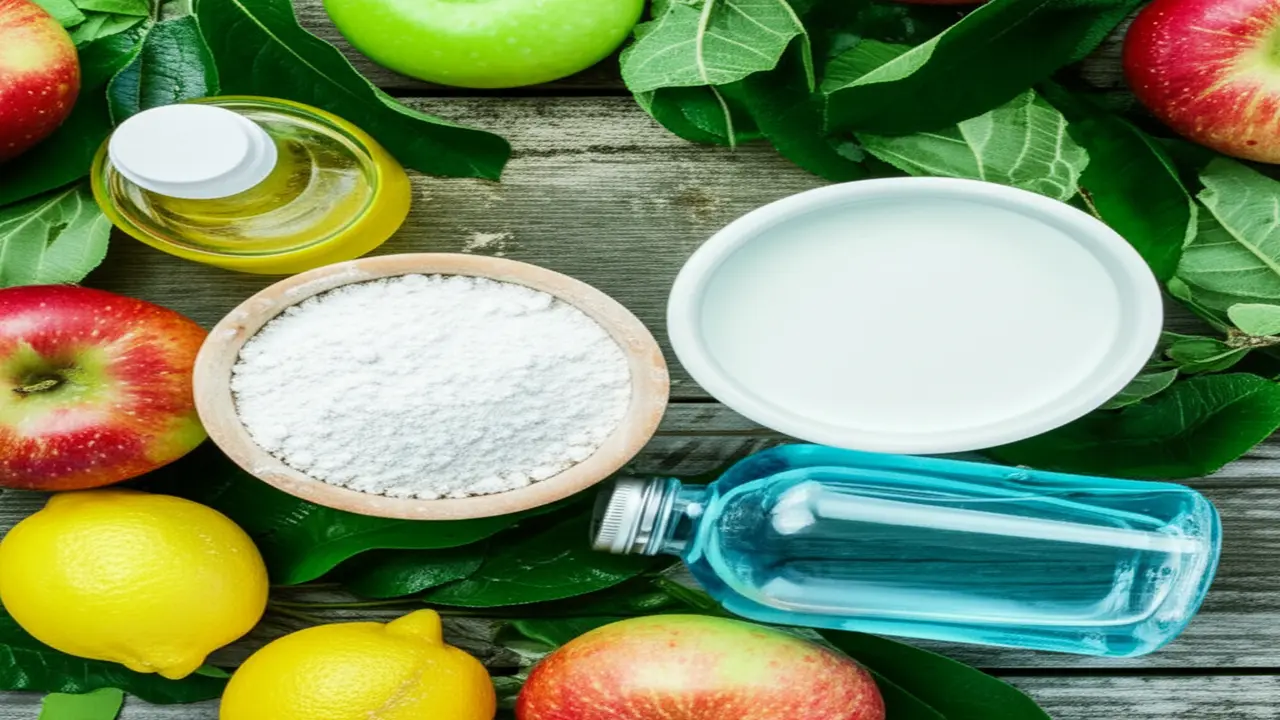
Types of Organic Fruit Tree Sprays
Choosing the right organic fruit tree spray for your 2025 garden depends on the specific issue you’re facing, whether it’s a persistent pest or a fungal disease. The most effective options work by targeting the problem directly with minimal impact on the surrounding ecosystem. A solid integrated pest management plan often includes a combination of sprays and sound cultural practices. For instance, keeping the area around your trees clear of debris and aerating the soil with one of the
best hand cultivators can significantly reduce pest and disease pressure.
Here are the primary types of organic sprays:
– Neem Oil: A versatile solution that acts as both an insecticide and a fungicide. It disrupts the life cycle of pests like aphids and mites and prevents fungal spores from germinating.
– Insecticidal Soaps: These are best for controlling soft-bodied insects. The soap penetrates their outer shell, causing dehydration and elimination. They are a gentle option with no residual effect.
– Copper-Based Fungicides: Used primarily as a preventative measure during the dormant season to control diseases like peach leaf curl and fire blight.
– Homemade Sprays: Simple solutions, such as a mix of baking soda and water, can effectively manage issues like powdery mildew without requiring commercial products.
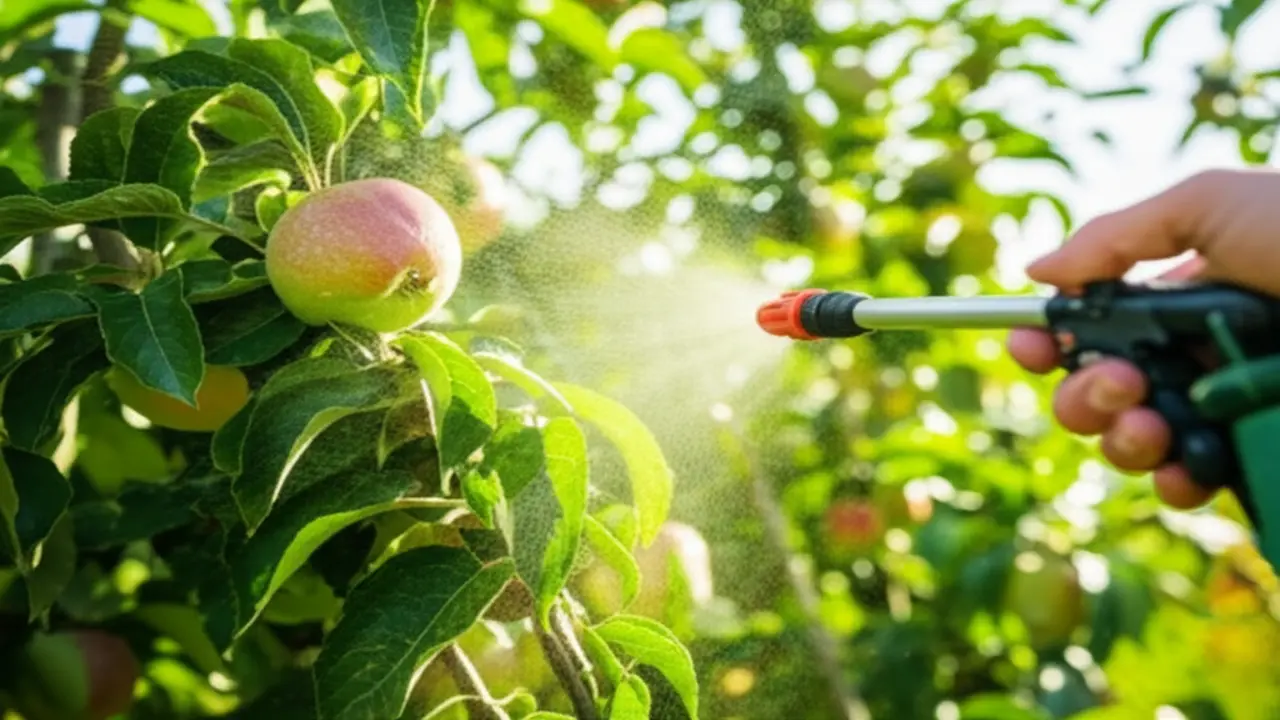
Holistic and Nutritional Sprays
Moving beyond simply reacting to problems, the best organic fruit tree spray strategy in 2025 focuses on holistic health. This approach is about strengthening the tree from the inside out, enabling it to naturally resist pests and diseases. Instead of just targeting invaders, nutritional sprays utilize foliar feeding, a method where leaves absorb nutrients directly. This provides a direct boost of essential minerals and compounds. Many advanced holistic spray recipes also incorporate beneficial microbes, which support a vibrant microbiome on the plant’s surface and in the surrounding soil, much like probiotics for humans. A prime example is the “Core Holistic” spray popularized by Michael Phillips, which combines nutrients like liquid fish and seaweed with beneficial microorganisms to build a robust, resilient orchard ecosystem.
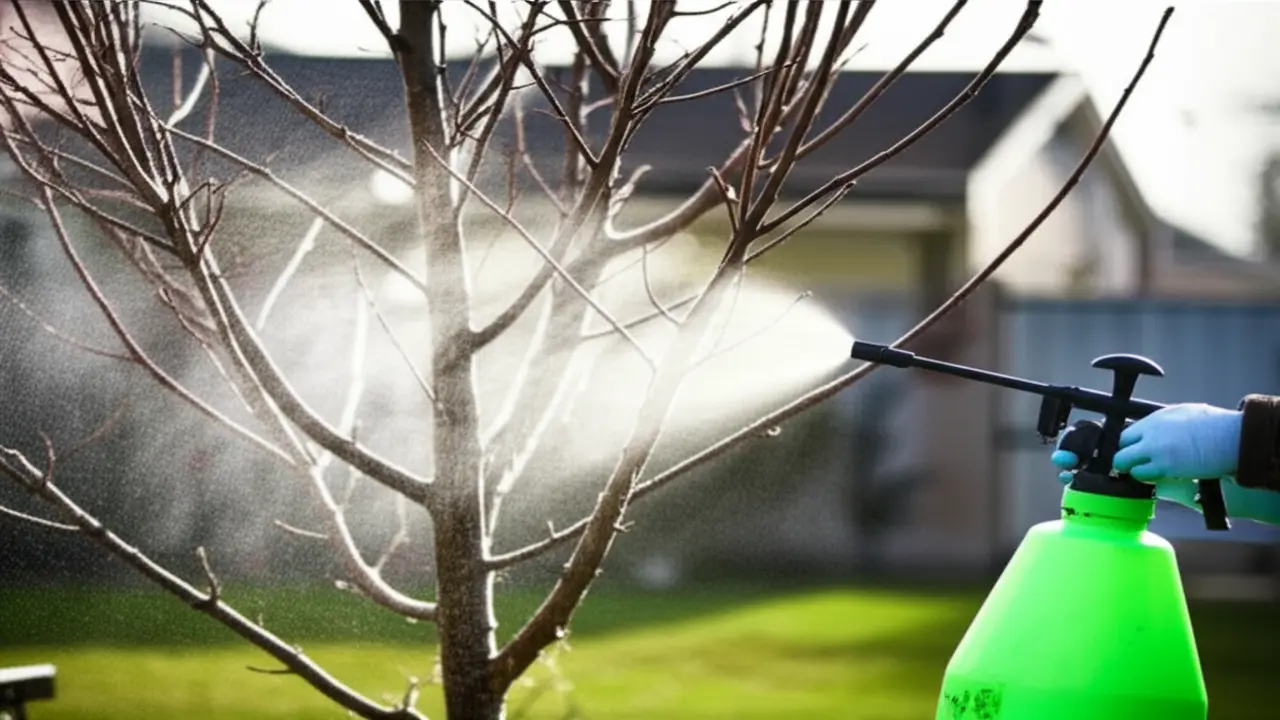
Application: When and How
Mastering any organic fruit tree spray for 2025 hinges on timing and technique. Applying the right product at the wrong time is a waste.
* Dormant Season (Late Winter/Early Spring): Before buds swell, apply horticultural oil to smother overwintering pest eggs like those of aphids and mites. This is also a good time to clear debris and lightly aerate the soil around the base, which you can do with one of the best hand cultivators to disrupt pest life cycles.
* Pre-Bloom to Petal Fall: This is a delicate window. Focus on preventing fungal diseases like apple scab. Use approved organic fungicides but avoid spraying open blossoms to protect essential pollinators.
* Summer Maintenance: Once fruit begins to set, use targeted sprays like neem oil or insecticidal soap for active pests. Always apply in the cool of the early morning or late evening to prevent leaf scorch.
When applying, follow the label’s dilution rates exactly. More is not better. Agitate the sprayer often and aim for complete coverage, spraying until the solution drips from the branches, including the undersides of leaves.
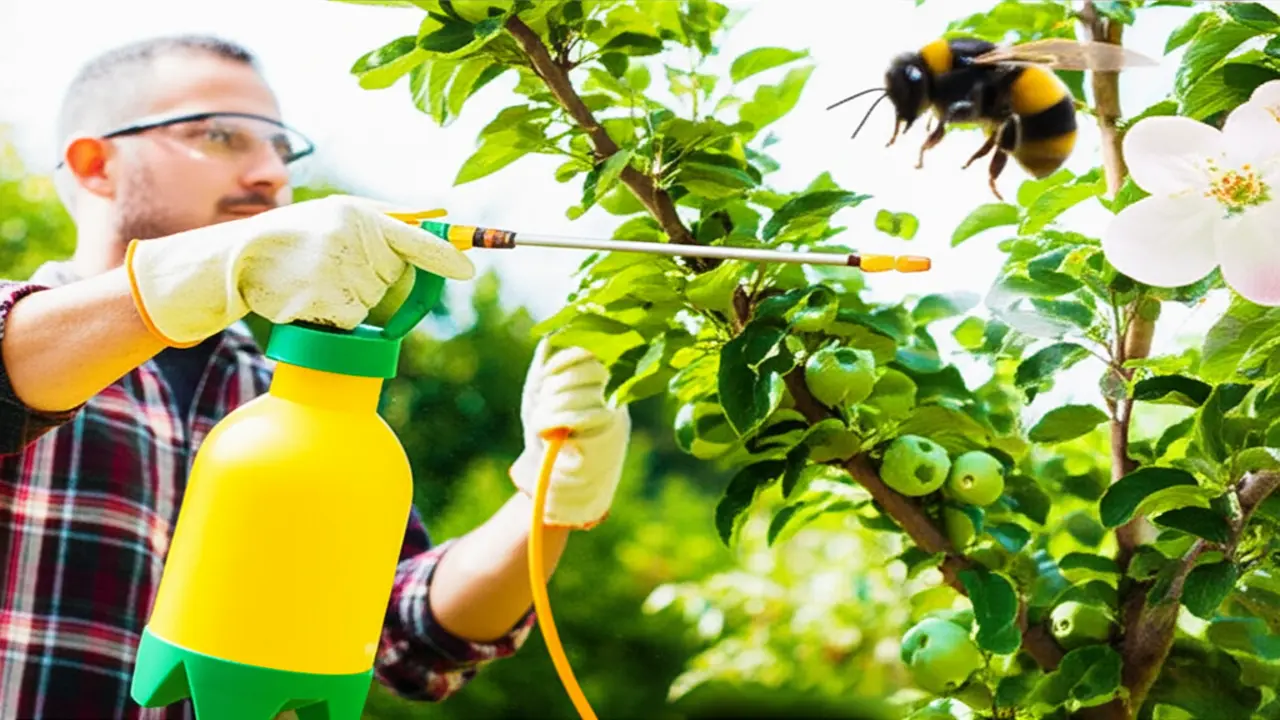
Safety and Environmental Considerations
Using an organic fruit tree spray in 2025 requires a mindful approach to protect your garden’s ecosystem. The term ‘organic’ does not mean a product is harmless, it simply refers to its origin. To ensure your pest control methods support rather than harm the environment, adhering to safety protocols is essential.
– Pollinator Protection: The most critical rule is to spray only during times when pollinators like bees and butterflies are inactive. The best times are late evening after sunset or very early in the morning before sunrise. This simple timing adjustment can prevent devastating losses to these vital insects.
– Read the Label Carefully: Always treat an organic spray with the same caution as a synthetic one. The manufacturer’s label is your primary guide for safe application. It provides instructions on mixing ratios, application frequency, and necessary personal protective equipment (PPE).
– Environmental Responsibility: Prevent runoff into drains or waterways. Responsible disposal of any unused product or empty containers according to local regulations is also a key part of sustainable gardening.
Choosing and Making Your Sprays
Selecting the right organic fruit tree spray is a critical step for a healthy harvest in 2025. When you’re browsing commercial options, look beyond the marketing claims. A key indicator of a trustworthy product is the OMRI (Organic Materials Review Institute) certification on the label. This ensures the ingredients comply with organic standards. Always check the active ingredients, common choices include neem oil, horticultural oil, or copper fungicides. For gardeners who prefer a hands-on approach, creating a DIY spray is effective and economical.
A simple and popular DIY recipe includes:
* 1 tablespoon of pure castile soap
* 1 tablespoon of vegetable oil
* 1 gallon of water
Mix these thoroughly in a sprayer. Remember that homemade mixtures have a short shelf-life. It is best to use them immediately after mixing and discard any leftovers, as their effectiveness decreases and they can separate. Always test your spray on a small part of the tree first to ensure it doesn’t harm the leaves.
Seasonal Spray Schedule Example
Think of this seasonal schedule as a flexible blueprint for your 2025 organic fruit tree spray program, not a strict set of rules. Your best approach is to adapt this guide to your specific trees, climate, and the pest pressures in your region. Before starting, always ensure your equipment is sterile, as proper
pruning shears cleaning and sprayer maintenance prevent disease transmission.
Here is a sample timeline:
* Dormant Season (Late Winter/Early Spring): Before buds open, apply dormant oil to manage overwintering pests like aphids, scale, and mites.
* Pink Bud Stage (Spring): As flower buds show color but haven’t opened, use organic fungicides for issues like apple scab.
* Petal Fall (After Flowering): Once 75 percent of petals have dropped, it’s time to manage pests like codling moth with products such as kaolin clay or spinosad.
* Summer Cover: Apply sprays like neem oil every 10-14 days or after heavy rain if you see ongoing insect or disease activity.
Always read product labels and monitor your trees closely, adjusting as the season progresses.
Addressing Common Mistakes
Even the most effective organic fruit tree spray can fail if not used correctly. As of 2025, we see gardeners making a few common, easily avoided errors. Firstly, over-application is a significant risk. Remember, organic does not mean harmless. Applying too much solution can scorch leaves and harm beneficial insects like pollinators. Secondly, timing is everything. Spraying in the midday sun can burn your trees, while applying just before a rainstorm will simply wash the product away. Another frequent misstep is improper mixing. Always adhere to the manufacturer’s dilution ratios, as a mix that is too concentrated can cause damage, and one that is too weak will be ineffective. Finally, never forget that spraying is just one piece of the puzzle. It must complement a holistic approach to orchard health, including proper sanitation and soil care. Using tools like the
best hand cultivators to aerate the soil can improve tree vigor, reducing the need for sprays.






